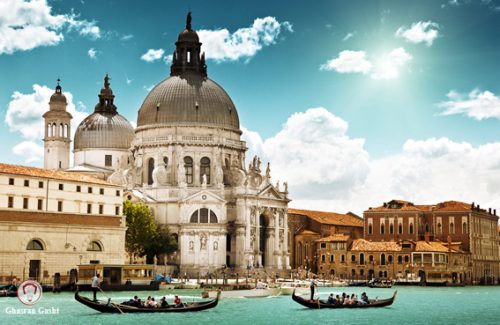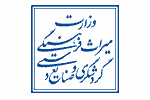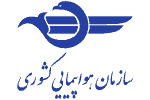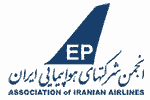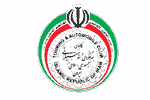Covering an area of 1500 sq. km and situated in the north-central part of Iran, on the slope of the Alborz Mountain, Tehran is the capital of Iran and Tehran Province. With a population of around 8.4 million in the city and 14 million in the wider metropolitan area, Tehran is Iran’s largest city and urban area, the largest city in Western Asia and one of the largest three cities in the Middle East (along with Istanbul and Cairo).
As the national capital it is the most populated city in Iran and the center of cultural, economic, political and social activities.
History
Tehran was well known as a village in the 9th century, but was less well-known than the city of Rey which was flourishing nearby in the early era. In the 13th century, following the destruction of Rey by Mongols, many of its inhabitants escaped to Tehran.
In the early 18th century, Karim Khan of the Zand dynasty ordered a palace and a government office to be built in Tehran, possibly to declare the city his capital, but later moved his government to Shiraz. Once again, in 1776, Tehran became the capital of Iran, as done by the Qajar king Agha Mohammad Khan. The capital of Iran has remained Tehran ever since.
From the 1920s to 1930s, the city essentially was rebuilt from scratch under the rule of Reza Shah Pahlavi. Also after the Revolution of 1979, under the leadership of Imam Khomeini, Tehran has undergone many constructions and reconstructions.
Climate and Weather
Tehran’s climate is largely defined by its geographic location, with the towering Alborz Mountains to its north and the central desert to the south. The city is nearly a mile high above sea level and as a result features a semi-arid climate which can be generally described as mild and lush in the spring and autumn, hot and dry in the summer, and cold in the winter.
Summer is long, hot and dry with very little rain, but relative humidity is generally low. Average high temperatures are between 35 and 40 °C (104 °F), and at nights it rarely drop below 23 °C (73 °F).
The hottest month is July, mean minimum temperature 26 °C (79 °F); mean maximum temperature 36 °C (97 °F), and the coldest is January, mean minimum temperature −1 °C (30 °F); mean maximum temperature 8 °C (46 °F).
Demographics
With its cosmopolitan atmosphere, Tehran is home to diverse ethnic and linguistic groups from all over the country. Ethnic Azerbaijanis form by far the largest minority in the city and Tehran province, comprising about 25% to 1/3 of its total population. Other notable ethnic minority groups include the Kurds, Arabs, Armenians, Bakhtiari, Assyrians, Talysh, Georgians, Baluch, Jews, Circassians, and more.
The majority of Tehranis are officially Twelver Shia Muslims, which is also the state religion since the Muslim Invasion of Iran. Religious minorities include followers of various sects of Sunni Islam, Mystic Islam, Christianity, Zoroastrianism, and Judaism.
Transportation
All kinds of public transportation are available in Tehran for getting around in the city, including metro, buses, and taxis.
Tehran also has a central railway station, four bus terminals in four main corners of the town and a domestic airport (Mehrabad Airport) for connection between cities. There is also another airport named Imam Khomeini International Airport which is just used for international flights.
Tourism
As a cosmopolitan city, Tehran has great museums, parks, restaurants, and warm friendly people. It is home to many historic and natural touristic sites, as well as Golestan Palace, the UNESCO World Heritage site.

